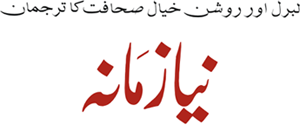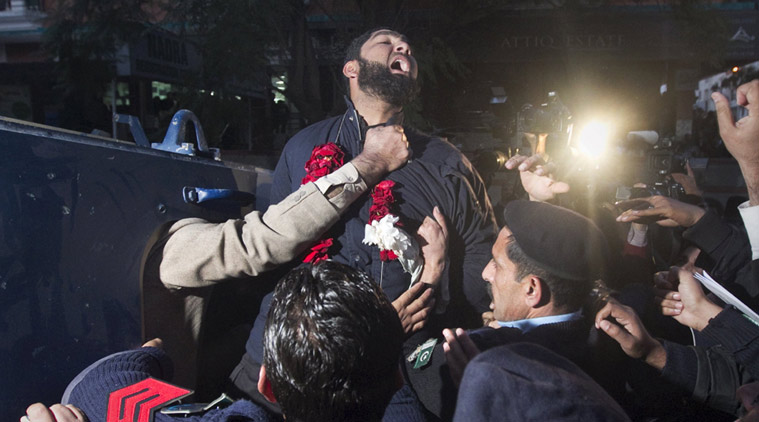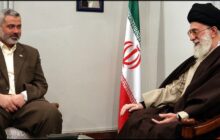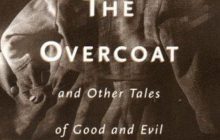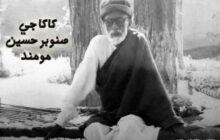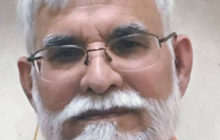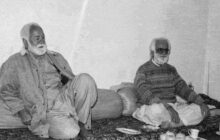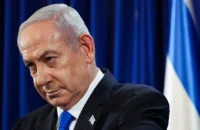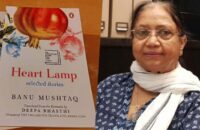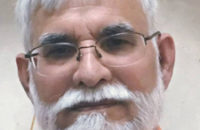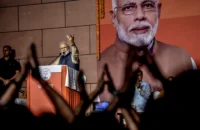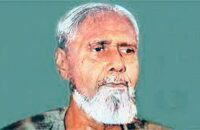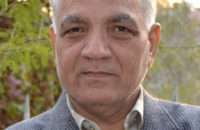Moment of hope: February 29, Pakistan finally hanged the policeman Mumtaz Qadri who riddled Punjab Governor Salmaan Taseer with bullets in 2011. Moment of despair: March 3, a mammoth gathering mourned Qadri and buried him as a “martyr”. The state cowered as the clergy, empowered to act like warriors over many years, condemned the supreme court for allowing the hanging, instead of beatifying Qadri as a blasphemer-killing saint.
The court had observed that the governor had not blasphemed, and that, even if he had, Qadri criminally took the law into his own hands and must hang for it. Five years after the killing, the masses that gathered to mourn Qadri called him a “defender of Islam” and cursed the state. At Qadri’s funeral, the mourners were around 1,50,000, frighteningly disciplined, as directed by their religious leaders. The 39 Barelvi parties, blasphemy-obsessed, were there in strength; the Deobandi jihadi seminaries, empowered by training for assaults on India and Iran, blessed it.`
There was an English-Urdu divide over the event. Urdu fulminated against the hanging in the opinion of the columnists known to be aligned with religious parties. One recalled the pre-1947 hanging of Ilm Deen “Shaheed”, who killed a Hindu publisher in Lahore for writing an insulting book on the Holy Prophet, reflecting that the Islamic state of Pakistan had followed the example of the secular (pagan) British Raj. Another regretted that the government had not heeded his advice to indefinitely postpone Qadri’s hanging as he had overwhelming support from the legal community. The post-hanging furore was unprecedented as the mob gathered for funeral prayers in Rawalpindi’s Liaquat Bagh, where Pakistan had shot and killed two of its prime ministers, Liaquat Ali Khan and Benazir Bhutto.
The supreme court had snubbed all signs of the neutering of the state in the face of an empowered clergy and ignored what had happened last year when half a dozen persons trying to observe the murder anniversary of Taseer were thrashed by “unknown” persons in the presence of a bunch of scared policemen. Pakistan President Mamnoon Hussain had signed the death warrant without anticipating the reaction from the multitudes that immediately took to the street and blocked all traffic in most big cities at pre-designated choke points. The cry went up: Don’t touch the blasphemy law that targets non-Muslims and doles out death verdicts against them to make them realise they live in an Islamic state.
How could the state forget it had fostered the clergy into becoming jihadi, an act of empowerment that gives them executive power to challenge the state’s lawmaking on the touchstone of sharia that only they are supposed to interpret? In 2009, the state watched as seminaries distributed the 130-page monograph by al-Qaeda ideologue Ayman al-Zawahiri, titled The Morning and the Lamp, which challenged Pakistan’s constitution and called for the state’s undoing.
Everybody knew that jihad had castrated the state and it was powerless to defy the Frankenstein of the madrasa. Then why did it hang Qadri? It knew that the growing middle class represented by the clergy and the lawyers loved Qadri for having killed a secularist who had sided with a poor illiterate Christian woman condemned to death for blasphemy by a judge after condoning the poor girl’s “entrapment” by a local mosque cleric?
Another act of “un-Islamic” derring-do was committed by Lahore’s Punjab assembly the same week that stirred the madrasa cauldron of Pakistan even more. It passed the Protection of Women Law to prevent violence against them. It sought to punish men — no reference to “husbands” as that could offend against their Quranic right to physically punish wives — who raped and thrashed women and subjected them to coercion. The husband, the permitted tyrant in the lives of Muslim women, was only implied.
But there was a catch in the law that gave a handle to the clergy already offended by the army’s bombing of the Taliban in north Waziristan. The new law implied that a woman could be located “outside the house” during the offence. The clergy says the place of the Muslim woman is in the house; she can’t go out without a male guardian from the family called a “mehram”. The Taliban had thrashed women flouting the law on the streets of Kabul.
Mufti Naeem of Jamia Binoria of Karachi, the nursery of most Islamic killers, fulminated against Punjab. Maulana Fazlur Rehman came to Multan in south Punjab to condemn the law favouring women and said, “The religious parties have few votes, but it doesn’t mean they can’t topple the government. They can’t allow society to become secular”. The message was clear: Pakistan was on the edge of an abyss, it had to draw back and not think of changing the nature of the state.
The horrible scenario in the Iraq-Syria battlefield first unfolded in Pakistan. No one in the Middle East took note of it; no one analysed Pakistan. Pakistan, sunk in denial, was not able to undertake self-analysis. Foreign reporters were kicked out for predicting Pakistan’s endgame. Today, Pakistan is surprising itself on a daily basis.
